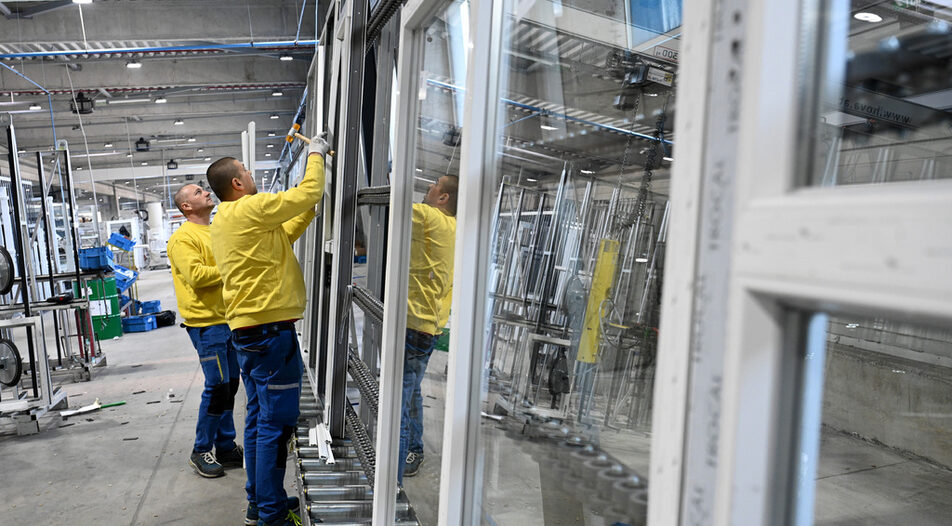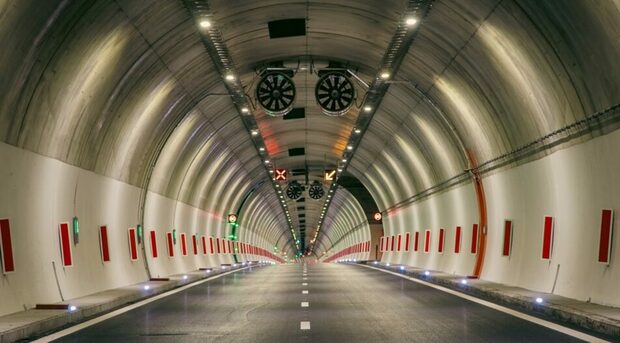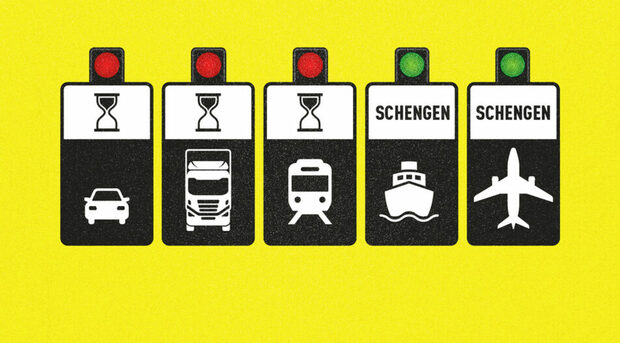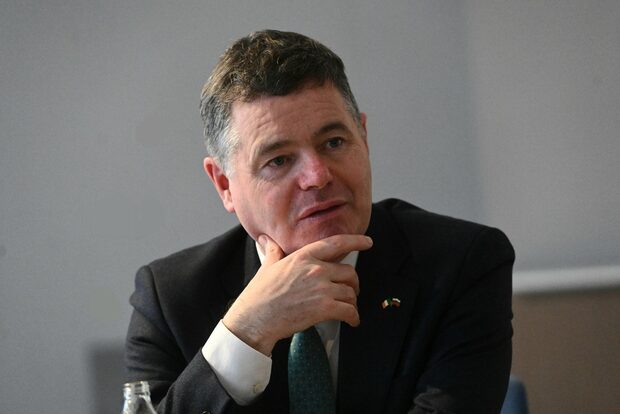- Disbursements under both European programs and Bulgaria's National Recovery and Resilience Plan are extremely slow.
- New programs have practically not started yet, and some are not even close to launch.
- The absence of grants is a new situation for businesses, which, unlike municipalities, have learned to rely on themselves.
Bulgaria is in an unprecedented situation - it has billions of euro to spend on paper but practically spends nothing. While politicians compete to outshout each other about the recovery plan, EU funds, embezzlement, figures reveal that, for the first time since 2008, the Bulgarian economy has operated for over two years with virtually zero European funding.
At first glance, this is peculiar. Currently, the economy is in the middle of a programming period theoretically having access to the larges amount of European funding ever. "To those calling for my resignation, I leave 29 billion euros," stated PM Boyko Borisov in 2020 when the funds for the 2021-2029 period were agreed upon. This sum includes European programs, the national recovery plan, and agricultural subsidies, equalling the total funding received over the previous two programming periods, from 2007 to 2023.
However, from today's perspective, 2020 seems to had been at least a decade ago. Since then, there have been national protests, a pandemic, war in Ukraine, and five elections. Unsurprisingly, it turns out that the administration and politicians are not very good at formulating and achieving sustainable goals in this situation.
A check by Capital Weekly in the Unified Management Information System for the EU structural instruments in Bulgaria (UMIS) shows that the country has access to a total of 66.8 billion levs (34.15 billion euro) in funding (including new programs, completion of the old programming period, agricultural payments, and the National Recovery and Resilience Plan), but of these, only 32% have been utilized.
But let's set aside the pre-agreed funds that simply had to be distributed and the COVID-19 aid granted in 2021-2022. Focusing solely on the main programs of the new period, plus the recovery plan, there are 40 billion levs left (excluding agricultural subsidies). The average payment rate, i.e., the money that has entered the economy under these programs, amounts to a mere 4%.
From the much-discussed National Recovery and Resilience Plan, only 3% has been spent (a significant portion of which went to investment funds). Even the simplest part of it - building renovations - has just begun to gain traction, with not a single lev spent yet. In the last two years, disbursed payments to businesses under European programs have been almost non-existent.
This is a fundamentally new situation. Until recently, European funding was considered a crutch (for better or worse) for Bulgarian businesses and municipalities, but since then they have had to manage without it.
Plan in place, funds not
The situation with the much publicized National Recovery and Resilience Plan appears most dramatic. After elected and caretaker cabinets toyed with it, reformatted it, reinvented it, and debated which payments would come and why, the funds that have entered the economy from the plan amount to 3%. This is dramatically low, considering that the final date for project completion is 2026.
One of the biggest projects is the building renovation initiative backed by a grant of 1.2 billion levs. Disbursement of funds for it have yet to start. The signing of contracts and the announcement of public procurements have been significantly delayed following unclear political signals about whether the previous practice of providing renovations for free to the residents of the buildings will continue. The first phase of the project saw project submissions exceeding the available resources three times. The second phase, for renovating multi-family homes, introduced co-financing of 20% from the residents for the first time. It concluded with project submissions for half of the available resources after two extensions. The model did not work.
Other payments under the National Recovery and Resilience Plan are also delayed. For example, in the Ministry of Energy, there are three schemes to support the green transformation: renewable energy and solar water heaters for households, new renewable energy capacities with batteries, and new street lighting for municipalities. None of these is at the payment stage yet.
There are also no payments in transport, where Bulgaria has proven incapable of even performing the relatively simple task of buying trains. The only bright spot there is the plan for medical helicopters, which began to be implemented at the beginning of this year.
From the Ministry of Innovation and Growth, it has been reported that applications there have seen huge interest from businesses, with 238 million levs paid out so far across six schemes. Some of these are related to renewable energy and attractive technological modernization for businesses. However, two of the "investments" are linked to the implementation of capital and guarantee financial instruments, i.e., loans totaling 146 million levs. It remains unclear, however, how much of these have actually been utilized by the applicants.
Bulgaria has not yet received the second payment of nearly 1.2 billion levs from the European Commission under the recovery plan. A spokesperson for the Commission told Capital Weekly that the EU executive has requested additional information on several key milestones and objectives. This procedure is not unusual and has been used for other EU member states. It involves extending the assessment period to give Bulgarian authorities enough time to gather and verify the requested data without the pressure of the two-month deadline that would otherwise apply.
According to Daniel Nigohosyan from the Brussels-based consultancy Ecorys, author of the mid-term assessment of the EU Recovery Fund, Bulgaria is behind schedule with its plan, and the National Recovery and Resilience Plan was indeed "created for countries like Bulgaria."
"While Western countries had already laid out their reforms and would have implemented them anyway, for countries like Bulgaria and Romania, it was an additional incentive to carry out long-delayed structural changes," he told Capital Weekly.
Lost and saved
Petko Kovachev, director of the Institute for Green Policies, who has been observing the processes of European financing for years, summarizes the problem: every time there is a snap election in Bulgaria, we enter a heightened political risk and the administration stops working, he says. This means that the start-stop regime has been in force every few months since 2021.
Martin Vladimirov from the Center for the Study of Democracy (CSD) is even more categorical: Bulgaria will lose two-thirds of the funds from the National Recovery and Resilience Plan. "The delay in projects, for which we need to carry out certain reforms, is also due to the gaps at the very beginning. These are projects written hastily, without financial justification. We are currently observing a slow process of implementing reforms," Vladimirov told Capital Weekly. He pointed out that the difference between the National Recovery and Resilience Plan and regional funds is that the latter will be spent regardless of whether they are judicious. "Recovery plans are contracts with strict criteria for implementation, and Bulgaria finds itself at the bottom. Even the possibility of completing the projects by 2030 at the latest will not help us because we are severely delayed," added the expert.
Paradoxically, this could turn out to be the most successful tool of the EU altogether: currently, the European Commission is receiving (quickly or not) reforms in the country done without having practically spent almost anything. This also explains why a reform of the EU programs is forthcoming, which will take on a form much more similar to that of the recovery plans.
There is good news, though, and it is that businesses, at least on a macro level, are not highly dependent on grants. With the disappearance of grant funding, an increasing part of the business sector has learned to rely solely on itself again, both for modernization and for new capacities, such as renewable energy installations for their own needs. However, this reveals the major problem in the Bulgarian economy- the terribly low level of foreign capital investment, which should compensate for the fact that the European injections have stopped.
It would be nice to say the same for municipalities, which have also learned to live without new European funding over the last three years. There, however, it was replaced by state funding - without the same conditions and with almost no control.
- Disbursements under both European programs and Bulgaria's National Recovery and Resilience Plan are extremely slow.
- New programs have practically not started yet, and some are not even close to launch.
- The absence of grants is a new situation for businesses, which, unlike municipalities, have learned to rely on themselves.
Bulgaria is in an unprecedented situation - it has billions of euro to spend on paper but practically spends nothing. While politicians compete to outshout each other about the recovery plan, EU funds, embezzlement, figures reveal that, for the first time since 2008, the Bulgarian economy has operated for over two years with virtually zero European funding.












